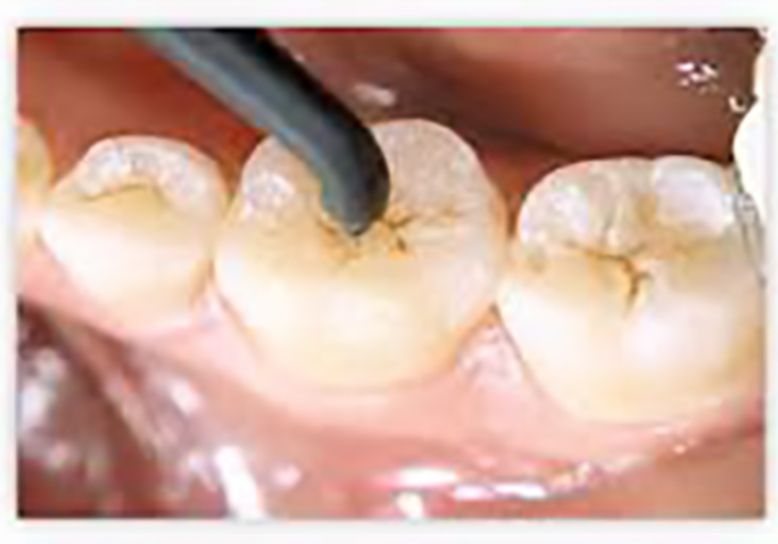Awesome Tips About How To Detect Cavities

Hard candy soda fruit juice chips sugary foods like cake, cookies, and gummy candy although cavities are more common among children, adults are still at risk — especially as gums begin to recede.
How to detect cavities. White spots on the teeth spots that turn darker shades of gray, brown, or black continually getting food trapped between your teeth Anyone can get a cavity. Mutans, the bacteria causing cavities.
The treatment for cavities typically involves removing the decayed portion of the tooth and filling the space with a dental filling material, such as composite resin or amalgam. How to detect a cavity overview you bite down and feel a slight twinge in your mouth. Sometimes, a cavity will be visible as a white spot or a dark shadow on the tooth, and these color changes can be easier to see with the naked eye on the front teeth.
See your dentist regularly: In the realm of dental health, identifying cavities early is key to maintaining a healthy smile. Overview cavities can form on the crown or root of your tooth.
During a dental exam, the dentist will visually inspect the teeth for any signs of damage or decay and examine the gums, tongue, and other parts of the mouth. Smooth surface, pit and fissure, or root. To detect cavities, our dentist performs a visual examination and feels the teeth for soft spots and holes using a special dental tool.
Your dentist can help to identify and treat tooth decay before it gets worse. Of course, if you feel pain in your tooth or a new sensitivity, you may have detected a cavity all on your own. If you’ve noticed holes in your teeth, you should see your dentist, as you likely have a cavity and will need fillings or a root canal.
Be sure to see your dentist regularly for routine teeth cleanings and oral exams. Looking around inside your mouth and at your teeth. They can also detect and reveal decay particularly in.
Find out by visiting us! Cavities form when acids in your mouth wear down (erode) your tooth’s hard outer layer ( enamel ). Summary a cavity is a hole in your tooth caused by decay over time.
Regular dental exams are the most crucial step in detecting dental caries. Your dentist also can tell you which of the three types of cavities you have: A 2019 study found that the antibacterial properties of licorice root.
Overview types of cavities enlarge image cavities are areas in the hard surface of your teeth that are damaged. Call us today to schedule your next appointment! Ghimire will evaluate any unusual tooth pain and confirm the presence or absence of tooth decay.
There are six common ways that dentists detect cavities: If you have a cavity, or you suspect you have a cavity, it's time to see a dentist. Some dentists also use special dyes, fiberoptic lights, and/or new devices that detect cavities by changes in electrical conductivity or laser reflectivity.


















